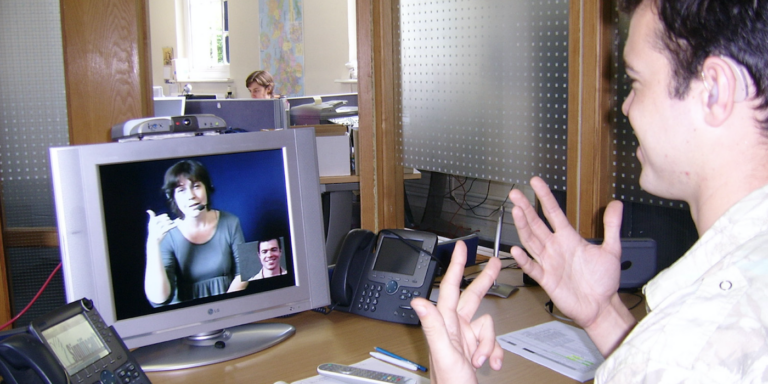It can be hard not to panic during the hysteria of a crisis, and many businesses fall victim to scaremongering. However, it is key to focus on staying calm and relying on tried-and-tested methods that deliver consistent results, particularly when it comes to training and achieving behaviour change.
Employees today spend a large chunk of their time on phones, computers or other technology. This is what they are comfortable with. Given that most jobs require employees to leverage this technology, why should their training be any different?
Virtual and digital learning is something we need to embrace now in the training sector, as the technology becomes increasingly relevant to our businesses and jobs. By allowing people to access training through the technology platforms they already know and use so well, the training can become much easier to access and therefore more enticing to a learner. But most importantly, remote training can lead to an easier and more relevant transfer of the skills learned and practiced, into the workplace. So rather than cancelling your planned training courses, a crisis like Covid-19 offers the opportunity to embrace the virtual and digital sides of learning and development.
Virtual delivery
Virtual delivery is a flexible, robust virtual classroom experience that eliminates travel. The synchronous, live training experience has all the key features of a physical classroom coupled with the space to practice and master skills learned between activities.
Advantages for virtual classroom delivery include:
- Visualises the buyer-seller role plays in a way that is becoming increasingly common for many people in their real selling lives
- No need for participants to travel to a physical location, they can ‘attend’ anywhere with a good internet connection minimising work schedule disruption
- Virtual classrooms can reduce travel costs – particularly useful for geographically spread groups where bringing whole teams together would be a major undertaking
- Spreading our skills and practice opportunities allows on the job practice between sessions – the perfect opportunity to try new behaviours and then reflect on those experiences during virtual sessions with a trained facilitator
- Sessions can be recorded and made available for review so participants can remind themselves of particular areas, if needed
Virtual delivery allows the participant to experience a learning journey over a period of weeks and to be supported throughout. This includes being able to interact with their peers and their coach via a social collaborative platform during the knowledge acquisition and workplace transfer stages of the learning journey – meaning all of the benefits of social learning can be reaped, whilst issues such as travel and scheduling can be overcome. Exercises and assignments are also completed and feedback and guidance are provided within the platform – creating an accessible virtual learning environment for all.
Digital delivery
Digital delivery is a mobile, self-paced, supported learning that actively encourages collaboration and is delivered in bite-sized chunks via a secure, collaborative learning platform. This enables participants to learn on the go and build skills incrementally – one behaviour at a time. Participants can be guided through a series of activities and content that can be accessed anytime, anywhere from a mobile device, laptop, tablet or desktop.
Advantages for delivery include:
- Tasks, activities and assignments help build skills quickly and change selling habits immediately, one behaviour at a time
- Participants get inspired and encouraged by the actions of others, share best practice and are given the time to reflect and network with each other. This helps to foster team culture – as well as generating a little healthy competition!
- Accessible support from subject-matter experts throughout the digital learning can prove invaluable. Employees can learn at their own pace whilst still having access to live, personal guidance via their coaches
- At the start of any training programme, not everyone has the same levels of knowledge or experience. Learning via a platform ensures everyone can learn at their own pace and according to their own learning needs – no ‘one-size-fits-all’ training
- Digital delivery enables clients to train larger cohorts if required, allowing content to be communicated in a consistent way and at the same time
- All learning can be immediately integrated with work – there is no time lag between learning and implementation.
This digital approach supports the whole learning journey structure but most importantly, participants have a greater opportunity to learn and interact with each other as they progress. Behaviour change happens incrementally and ‘on-the-job’. Changing behaviour on your own is difficult. Changing behaviour when everyone else is doing the same is much easier and more natural. As humans, we want to belong, we want to be in step with our peers and teammates. We travel further and faster together when it is ‘the way we do things around here’.
Just because there is a crisis happening, it does not mean all normal behaviour should be stopped. It’s unlikely that work will come to a halt, and therefore adapting our learning techniques and skills will become essential to ensure business as usual.
About the author
Tony Hughes is CEO of Huthwaite International, a company which offers live virtual delivery or digital delivery options for training programmes





